Whiskered Tern (Chlidonias hybridus) by alabang, on Flickr
The Whiskered Tern (Chlidonias hybridus) is a seabird of the tern family Sternidae. This bird has a number of geographical races, differing mainly in size and minor plumage details.
C. h. hybridus breeds in warmer parts of Europe and Asia. The smaller-billed and darker C. h. delalandii is found in east and south Africa, and the paler C. h. javanicus from Java to Australia.
The tropical forms are resident, but European and Asian birds winter south to Africa and the Indian Subcontinent.
This species breeds in colonies on inland marshes, sometimes amongst Black-headed Gulls, which provide some protection. The scientific name arises from the fact that this, the largest marsh tern, show similarities in appearance to both the white Sterna terns and to Black Tern.
Source: Whiskered Tern - Wikipedia, the free encyclopedia
Taken in International Rice Research Institute (IRRI)
Results 601 to 610 of 1262
Thread: Bird photography
-
10-16-2012, 06:11 AM #601
 Re: Bird photography
Re: Bird photography
-
10-16-2012, 07:51 AM #602
 Re: Bird photography
Re: Bird photography
Sorry dili pa kau ko kamao ani.hehe Canon 60D ako gamit
LADY GOULDIAN FINCH. I breed them in captivity.
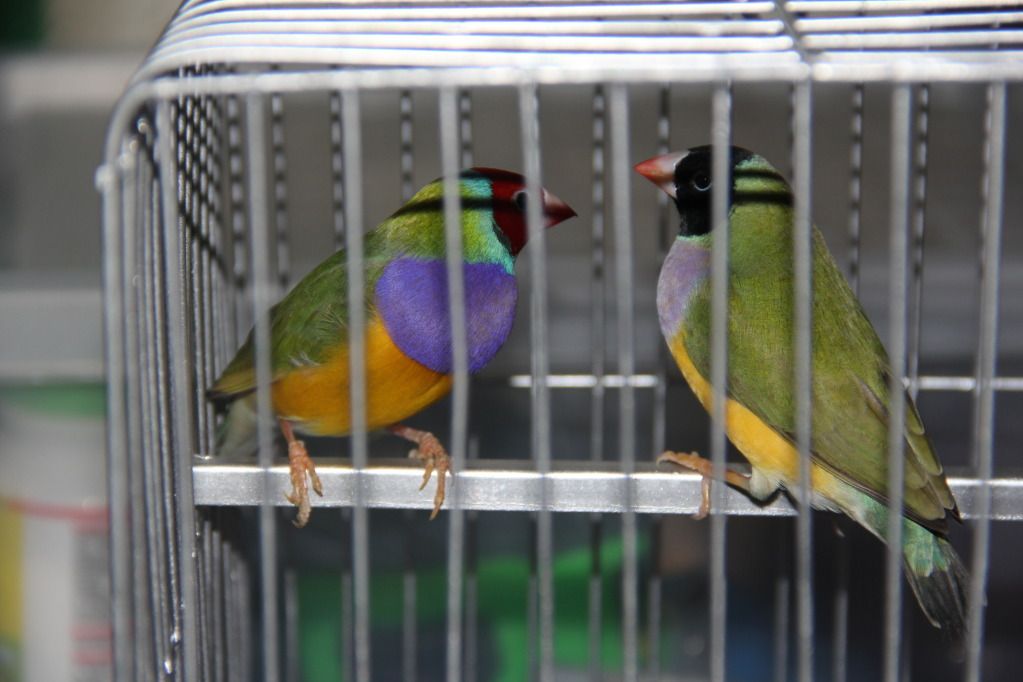
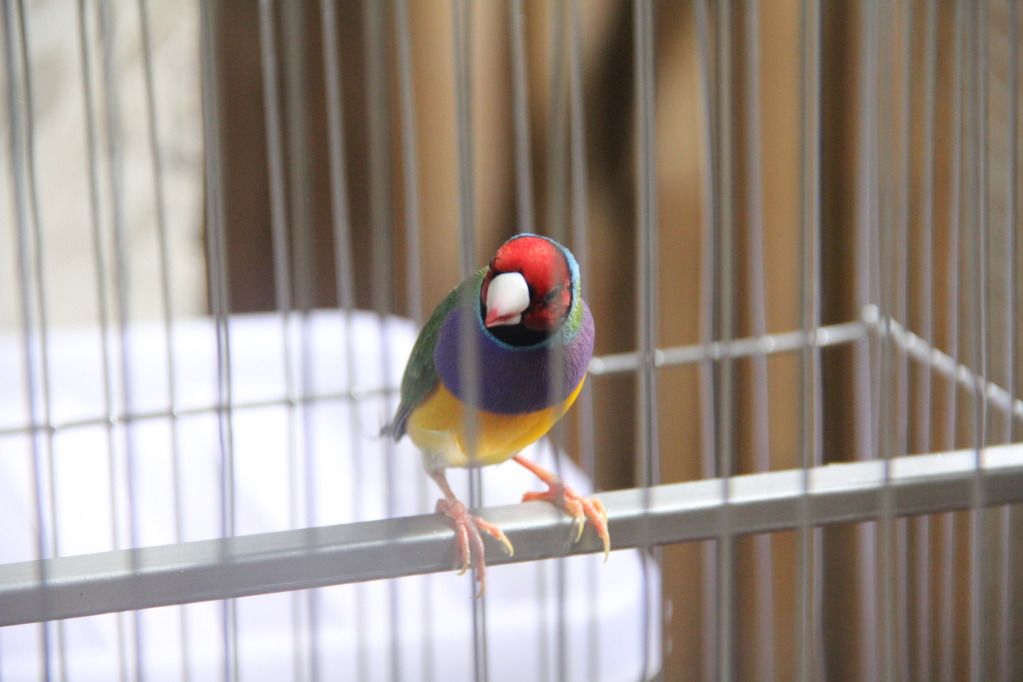
STAR FINCH. I also breed this in captivity.
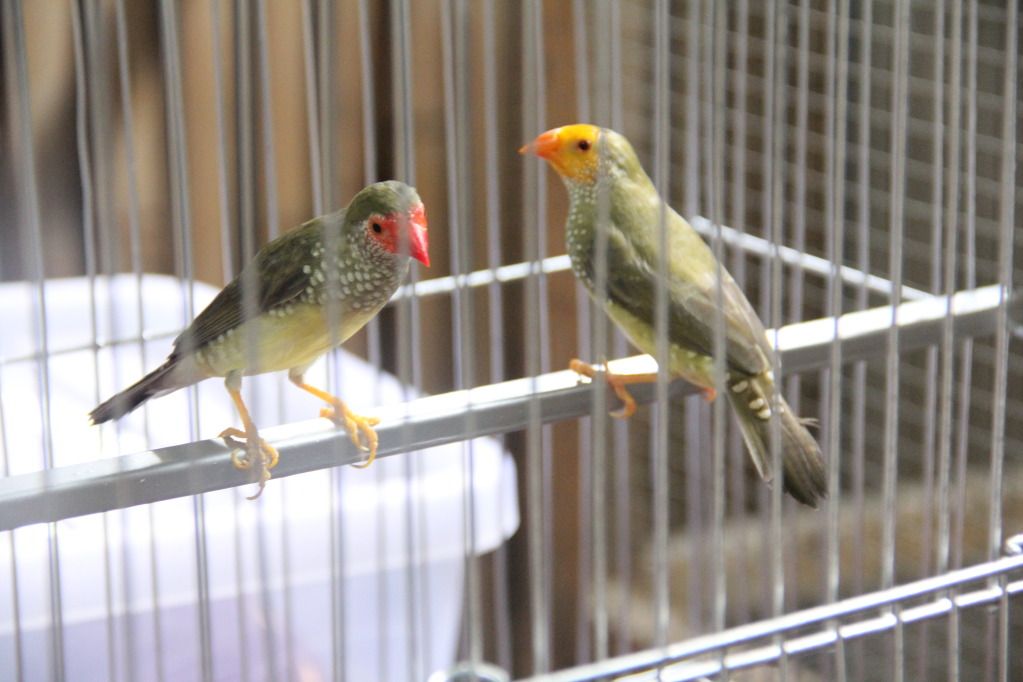
Akong langgaman a PROUD member of XBLOC ( Exotic Bird Lovers of CEBU )
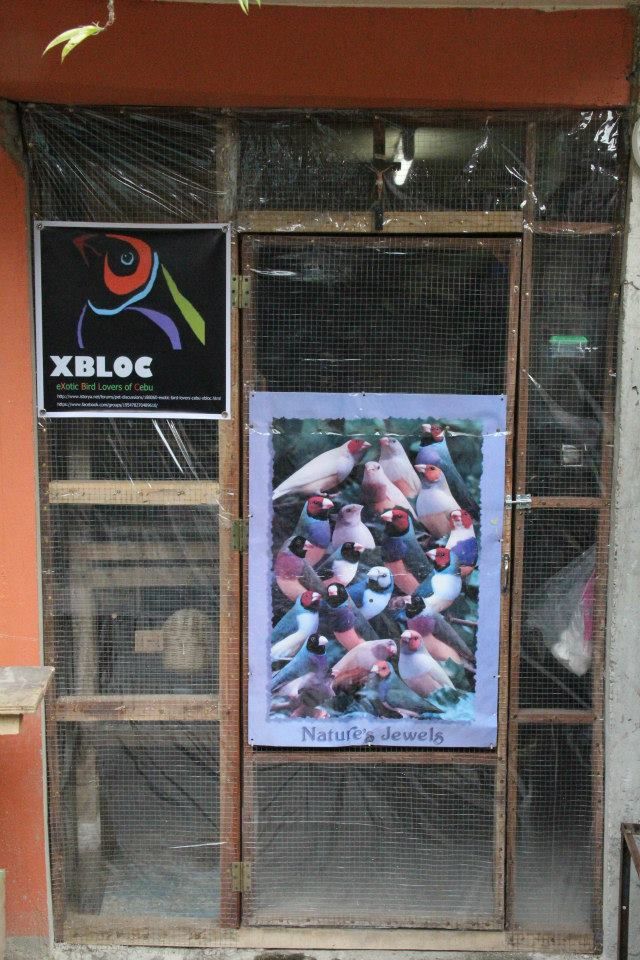
I hope you enjoy. Thank you.
-
10-16-2012, 09:22 PM #603
 Re: Bird photography
Re: Bird photography
E saka ta ni para dghn kita.
-
10-16-2012, 10:40 PM #604
 Re: Bird photography
Re: Bird photography
a website worth reading and learning from a Philippine Canon Ambassador, Romy Ocon:
Romy Ocon's Wild Birds of the Philippines
Romy Ocon on Vimeo
P.B.P.F. - Home
-
10-16-2012, 11:22 PM #605
-
10-17-2012, 06:54 AM #606
 Re: Bird photography
Re: Bird photography
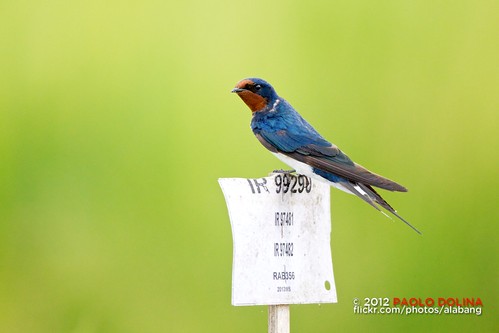
Hill Swallow (Hirundo tahitica) by alabang, on Flickr
Taken in International Rice Research Institute
The Pacific Swallow or Hill Swallow (Hirundo tahitica) is a small passerine bird in the swallow family. It breeds in tropical southern Asia from southern India and Sri Lanka across to south east Asia and the islands of the south Pacific. It is resident apart from some local seasonal movements. This bird is associated with coasts, but is increasingly spreading to forested uplands.[2]
This species is a small swallow at 13 cm. It has a blue back with browner wings and tail, a red face and throat, and dusky underparts. It differs from Barn Swallow and the closely related Welcome Swallow in its shorter and less forked tail.[2][3]
The Pacific Swallow builds a neat cup-shaped nest, constructed with mud pellets collected in the beak, under a cliff ledge or on a man-made structures such as a building, bridge or tunnel. The nest is lined with softer material, and the clutch is two to three eggs, up to four in Sri Lanka. It is similar in behaviour to other aerial insectivores, such as other swallows and the unrelated swifts. It is a fast flyer and feeds on insects, especially flies, while airborne.
Source: Pacific Swallow - Wikipedia, the free encyclopedia
-
10-17-2012, 09:17 PM #607
-
10-18-2012, 08:48 AM #608
 Re: Bird photography
Re: Bird photography
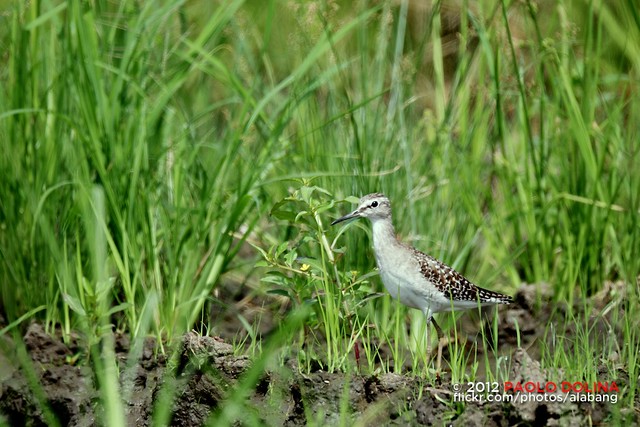
Wood Sandpiper (Tringa glareola) by alabang, on Flickr
The Wood Sandpiper (Tringa glareola) is a small wader. This Eurasian species is the smallest of the shanks, which are mid-sized long-legged waders of the family Scolopacidae.
It resembles a longer-legged and more delicate Green (T. ochropus) or Solitary Sandpiper (T. solitaria) with a short fine bill, brown back and longer yellowish legs. It differs from the first of those species in a smaller and less contrasting white rump patch, while the Solitary Sandpiper nas no white rump patch at all.[2]
However, it is not very closely related to these two species. Rather, its closest relative is the Common Redshank (T. totanus), and these two share a sister relationship with the Marsh Sandpiper (T. stagnatilis). These three species are a group of smallish shanks with red or yellowish legs, a breeding plumage that is generally subdued light brown above with some darker mottling and with a pattern of somewhat diffuse small brownish spots on the breast and neck.[3]
Source: Wood Sandpiper - Wikipedia, the free encyclopedia
-
10-18-2012, 07:19 PM #609
-
10-21-2012, 03:20 PM #610Junior Member

- Join Date
- Jun 2012
- Gender

- Posts
- 94
 Re: Bird photography
Re: Bird photography
All pics were taken with:
a580 + 70-300G
Handheald, Live View, M mode
SOOC
1. Scaly Breasted Munia

Scaly Breasted Munia by DON PHOTOGS, on Flickr
2. Scaly Breasted Munia

Scaly Breasted Munia by DON PHOTOGS, on Flickr
3. Asian Brown Flycatcher

Asian Brown Flycatcher by DON PHOTOGS, on Flickr
Advertisement
Similar Threads |
|




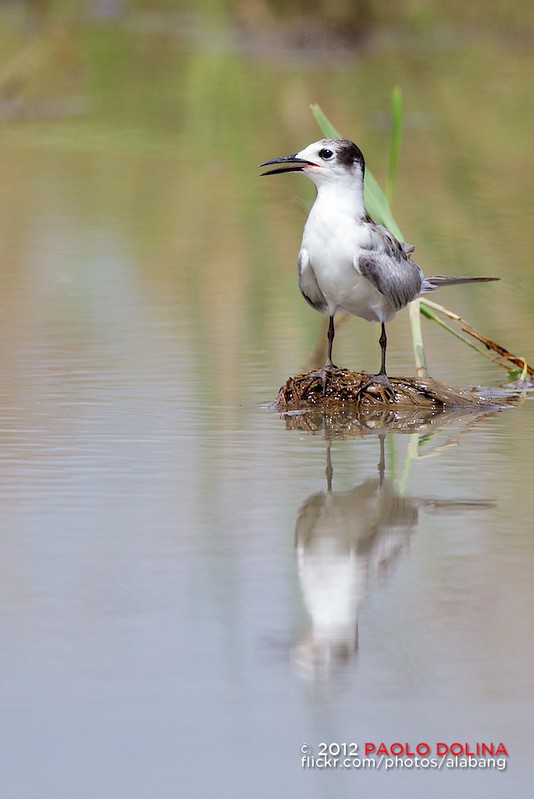

 Reply With Quote
Reply With Quote

